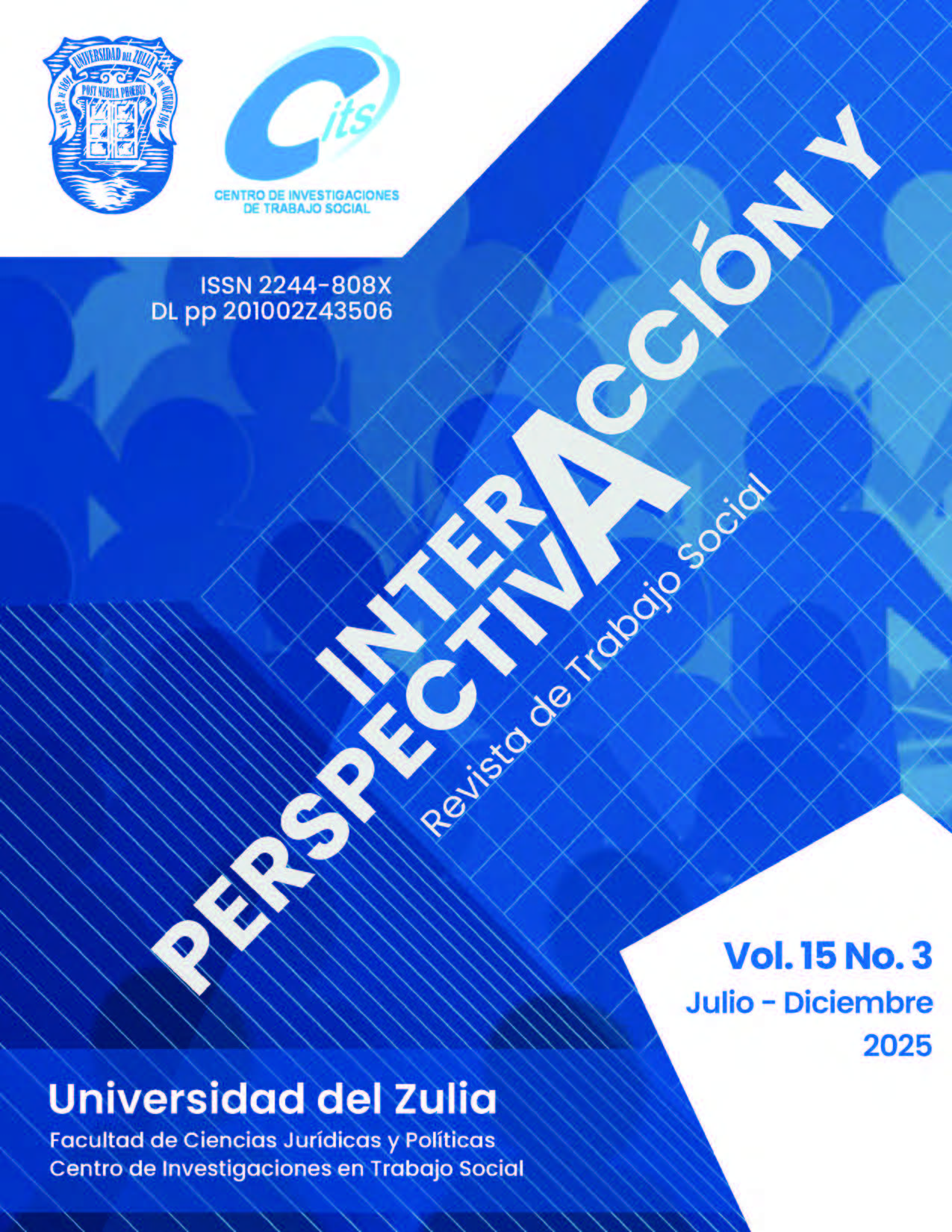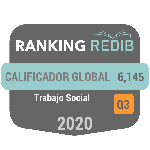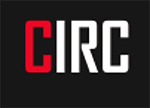Physical education as a tool for social intervention. Experiences, community scenarios and possibilities
Abstract
Critical social intervention is defined, roughly speaking, as an eclectic process with broad theoretical and methodological bases, which aims to improve the living conditions of the most vulnerable individuals, communities and families, through the scientific understanding of the contradictions of the social system of which they are part. In this sense, the objective of the research is to describe, in phenomenological terms, some experiences, community scenarios and possibilities that position physical education as an important tool for the purposes of social intervention. Methodologically, we start from a phenomenological conception of knowledge, according to which subjectivities are the link between intersubjective experiences and the scientific description of reality. In addition, indepth interviews were used to collect empirical data provided by two Eastern European social workers who use physical education in their community work. It is concluded that the transformative potential of physical education is maximized when it is deliberately integrated into a concrete strategy of social intervention. Experiences documented in this paper demonstrate its superlative capacity to rebuild social capital, foster collective resilience and create spaces for political agency in marginalized communities.
Downloads
References
Allen-Collinson, J. (2017). Sporting embodiments: Sports studies and the (continuing). M Giardina and M Donnelly (eds), Physical Culture, Ethnography and the Body: Theory, Method and Praxis. https://doi.org/philarchive.org/archive/ALLSES
Bilohur, V., Pyurko, V., Khrystova, T., Pyurko, O., & & Moskalyk, H. (2024). Impacto social de las políticas educativas para la enseñanza del deporte en contextos de crisis: Visión general. Interacción Y Perspectiva, 14(2), 534-546. https://doi.org/10.46398/cuestpol.4178.19
Da Silva Bandeira, A., De Paula, F., Cordeiro, V., Machado de Oliveira, V., De Camargo, E., Marinho, M., Samara, K. (2022). Mapping recommended strategies to promote active and healthy lifestyles through physical education classes: a scoping review. Bandeira et al. Int J Behav Nutr Phys Act, 19(36), 1-20. https://doi.org/https://doi.org/10.1186/s12966-022-01278-0
De Robertis, C. (1981). Metodología de la intervención en trabajo social. Grupo Editorial Lumen. https://www.fhyce.edu.py/wp-content/uploads/2020/08/Metodologia-de-la-Intervencion-trabajo-social.pdf
Dudley, D., Mackenzie, E., Van Bergen, P., Cairney, J., & Barnett, L. (2022). What Drives Quality Physical Education? A Systematic Review and Meta-Analysis of Learning and Development Effects From Physical Education-Based Interventions. Frontiers in Psychology, 13, 1-20. https://pmc.ncbi.nlm.nih.gov/articles/PMC9280720/pdf/fpsyg-13-799330.pdf
Edwards, S. (2001). The Phenomenology of Intervention. Indo-Pacific Journal of Phenomenology, 1(2), 1-8. https://journals.co.za/doi/pdf/10.10520/AJA14457377_78
Fantova, F. (2018). Construyendo la Intervención Social. Papeles del Psicólogo, 39(2), 81-92.
https://www.redalyc.org/journal/778/77855949001/77855949001.pdf
Franco, J. R. (2021). La Educación Física como un Sistema de Integración Social-Educativo. Revista Actividad Física y Ciencias, 13(2), 154-186.
Gardner, C. (S/D). Social Work Interventions for Social Workers (Complete Guide). Mnetalyc: https://www.mentalyc.com/blog/social-work-intervention
Habermas, J. (1991). Ética del discurso. Notas sobre un programa de fundamentación. Conciencia Moral y Acción Comunicativa. Madrid: Ediciones Península.
Höglund, F., & Bruhn, A. (2022). Sport-based interventions - A tool for suburban social integration? Nordic Social Work Research, 1(13), 1-15. https://doi.org/10.1080/2156857X.2022.2062430
Husserl, E. (2008). La crisis de las ciencias europeas y la fenomenología trascendental. Buenos Aires: Prometeo Libros.
Irina. (15 de septiembre de 2024). La educacion fisica como intervencion social (I. Asauliuk, Entrevistador).
Journal of Sport and Health Science. (2020). The pulse of recent research on school-based physical activity and wellness. Journal of Sport and Health Science(9), 1-2. https://pmc.ncbi.nlm.nih.gov/articles/PMC6943764/pdf/main.pdf
McLeod, S. (20 de diciembre de 2024). What Is Triangulation In Qualitative Research? Simply Psychology: https://www.simplypsychology.org/what-is-triangulation-in-qualitative-research.html
Moreno Olmedo, A. (2008). El aro y la trama Episteme, modernidad y pueblo. Miami : Convivium press.
Murawsk, B., Plotnikoff, R. C., Rayward, A. T., Vandelanotte, C., Brown, W. J., & Duncan, M. J. (2017). Randomised controlled trial using a theory-based m-health intervention to improve physical activity and sleep health in adults: the Synergy Study protocol . BMJ Journals, 8(2), 1-20. https://bmjopen.bmj.com/content/bmjopen/8/2/e018997.full.pdf
Pavel. (16 de febrero de 2025). El movimiento corporal como forma de resistencia. (M. Koshliak, Entrevistador).
Robles, B. (2011). La entrevista en profundidad: una técnica útil dentro del campo antropofísico. Cuicuilco, (51), 39-49.
SportConnect.com. (7 de enero de 2025). White Paper: The Transformative Power of Sport A Catalyst for Change. https://www.isportconnect.com/the-transformative-power-of-sport- a-catalyst-for-change/
UNICEF. (08 de septiembre de 2024). UNICEF Education – Adolescent Development and Participation. Mental Health and Psychosocial Support Case Study: https://www.unicef.org/media/163911/file/Ukraine%20Sport%20for%20Development%20Case%20Study%202024. pdf.pdf
van Dijk, T. A. (2009). Discurso y Poder. Barcelona: Editorial Gedisa.
Weng,M.L.(2025).WhatIsQualitativeResearch?AnOverviewandGuidelines.AustralasianMarketing Journal, 33(2), 199-229. https://doi.org/10.1177/14413582241264619
Zamanillo, T. (2011). La intervención social. Servicios Sociales y Política Social, (100), 103-112.

















